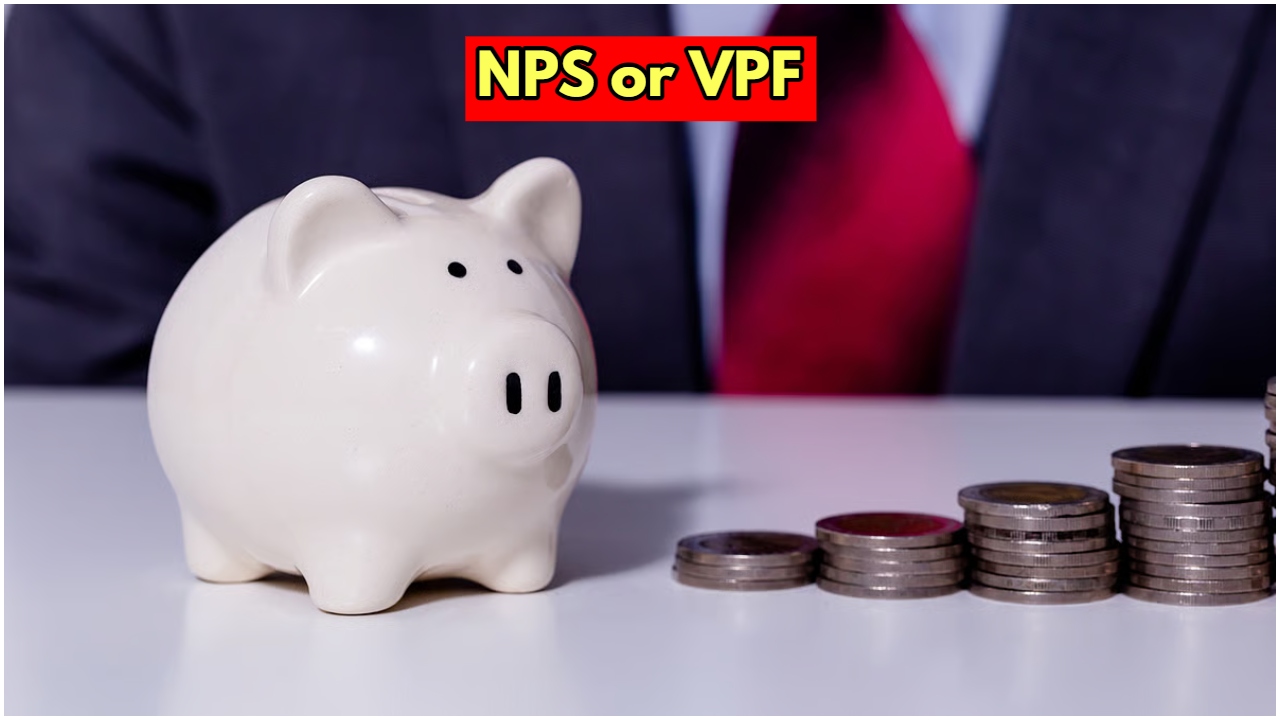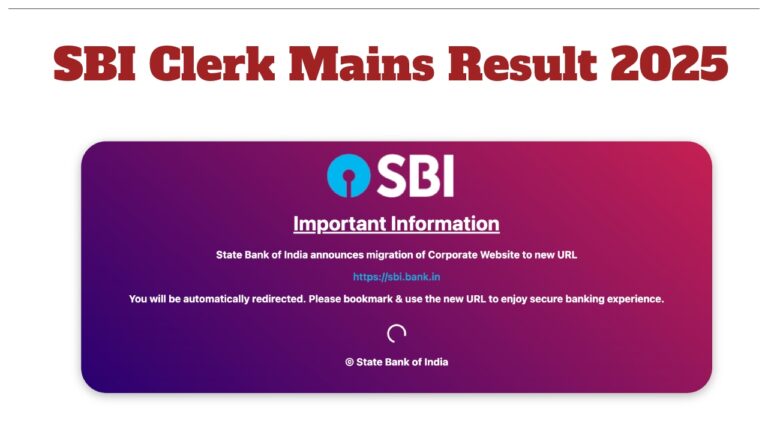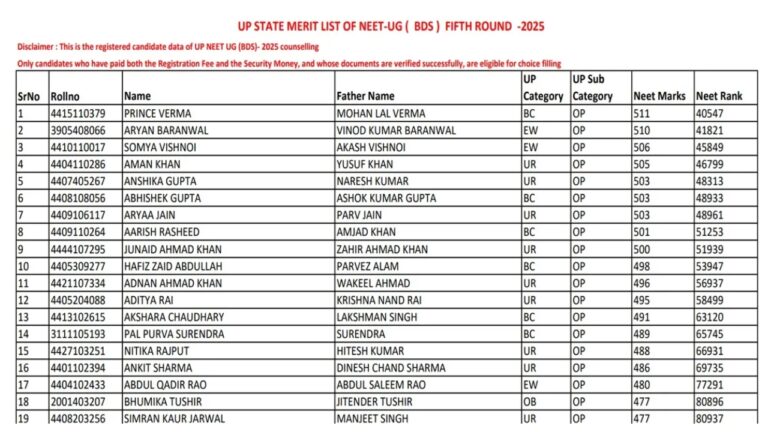NPS vs VPF: Whether the job is in the government or private sector, it means the salary stops after retirement. Expenses continue even after retirement from the job. In such situations, people also plan for their old age expenses. The government is also running numerous excellent schemes to improve the retirement benefits of employees, which are being enjoyed on a large scale.
Anyway, it is essential to have a regular income to cover expenses. For this, there are the National Pension System (NPS) and the Voluntary Provident Fund (VPF), which work to make you financially secure. These schemes have been established only for older people. Better financial security is claimed in both these schemes. You can learn about the key aspects of both these schemes in the article below.
Important things related to the National Pension System
The National Pension System, established by the Central Government, is a boon for employees. It is considered a retirement savings scheme. The Pension Fund Regulatory and Development Authority regulates it. In the National Pension System, you can invest regularly during your working age.
At least 40 per cent of the accumulated corpus is to be used to buy an annuity. You get regular monthly benefits from this scheme. Up to 60 per cent of it can be withdrawn as a lump sum on retirement. The contribution made in NPS is invested by dividing it into debt and equity according to your chosen age.
Know what VPF is?
For your information, let us inform you that VPF,, i.e., Voluntary Provident Fund,, is considered an extension of EPF. It is intended for salaried individuals who have already registered with the EPF. The most distinctive aspect of the scheme is that employees can contribute up to 100 per cent of their basic salary and dearness allowance.
Apart from this, the return of VPF remains fixed. It is approximately 8 to 8.5 per cent. It is considered a government-guaranteed scheme. EPFO manages its money. The most important thing is that there is no risk involved in this.










